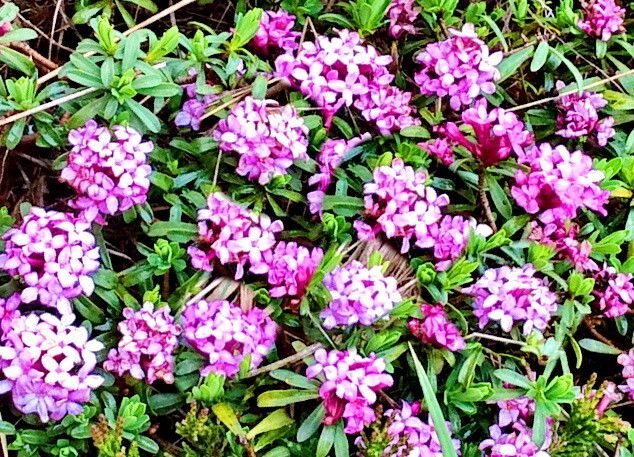Daphne Striata: A Guide to Propagating This Fragrant Beauty
Daphne striata, also known as the “Striped Daphne,” is a stunning shrub prized for its vibrant evergreen foliage and delightful, sweetly fragrant blooms. But did you know you could easily grow new Daphne striata plants from cuttings? It’s a surprisingly simple process that allows you to enjoy more of this captivating plant in your garden.
The Basics of Propagation
Propagation is the process of creating new plants from existing ones. Daphne striata, like many other plants, can be propagated through cuttings. This involves taking a section of stem with leaves and encouraging it to develop roots.
The Best Time to Take Cuttings
The ideal time to take Daphne striata cuttings is in the spring or summer, when growth is active. Choose healthy, non-flowering stems that are about 6-8 inches long. Ideally, you’ll want to take cuttings from the “softwood” stage, which is the new growth that is still flexible and relatively green.
Taking the Cutting
- Choose your stem: Select a healthy, non-flowering stem from the current year’s growth.
- Make a clean cut: Using a sharp knife or pruners, cut the stem just below a node (the point where leaves grow).
- Remove lower leaves: Strip the lower leaves from the cutting, leaving a few leaves at the top.
Preparing the Cutting
- Dip in rooting hormone: Optional but recommended, dip the cut end of the cutting in rooting hormone. This helps stimulate root growth.
- Planting medium: Fill a pot or small container with a light, well-draining potting mix. Perlite or vermiculite can be added to improve drainage.
Growing Your Daphne Striata
- Planting the cutting: Make a hole in the potting mix and carefully insert the cutting, ensuring at least 2 nodes are buried. Firm the soil around the base.
- Watering: Water the cutting thoroughly, ensuring the soil is moist but not soggy.
- Humidity and light: Place the pot in a bright, indirect light location. You can create a miniature greenhouse by covering the cutting with a plastic bag or dome to increase humidity.
- Root development: It can take several weeks for the cutting to develop roots. Patience is key!
- Planting the cutting: Once the cutting has established roots, you can plant it outdoors in a well-draining location that offers partial shade.
Tips for Success
- Sharp tools: Always use clean, sharp pruners or a knife to make clean cuts.
- Drainage is key: Daphne striata prefers well-draining soil. Avoid overwatering.
- Patience is a virtue: Root development can take time. Be patient and check the roots for signs of growth, like new leaves or roots emerging from the drainage holes.
Enjoying Your Daphne Striata
Once your Daphne striata cutting has established a strong root system, it will begin to thrive. You can expect it to grow into a beautiful, fragrant shrub that adds a touch of elegance to your garden. With proper care, your Daphne striata will flourish for many years to come.
A Little Warning
Daphne striata is considered poisonous to humans and animals. Take precautions to keep it out of reach of children and pets.
By taking cuttings and propagating Daphne striata at home, you can enjoy this beautiful shrub in different parts of your garden or share it with friends and family. This rewarding process is a great way to connect with nature and appreciate the magic of plant propagation.

